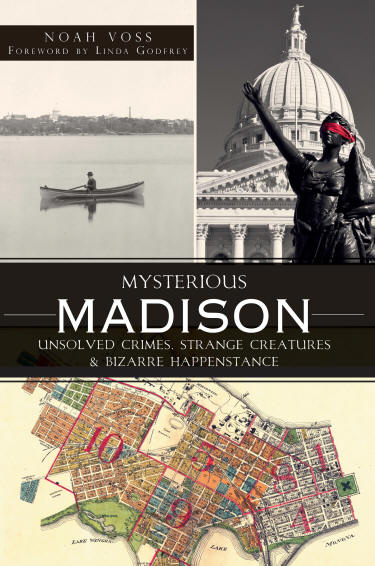 Buy Now ^Learn More!^ |
 |
 Buy Now ^Learn More!^ |
| Posting the Paranormal Since 1997 | ||
|
Cryptids
| Aliens |
Angels | UFOs | Crop Circles | Bigfoot | Legends | Lake Monsters Ghost Hunting Equipment | Ghosts | Complete Oddities List Store | Legend Trippers Journal | Video | Contact |
The Weirdest and Wildest Collection of Unique Gifts Anywhere!

The more you shop, the more people we can help!

W-File: trghostplanes.html
Type: Lake Michigan TriangleDate: April and May 2000
Location: Lake Michigan Triangle
Source: UFO Roundup, Volume 5, Number 21, May 25, 2000